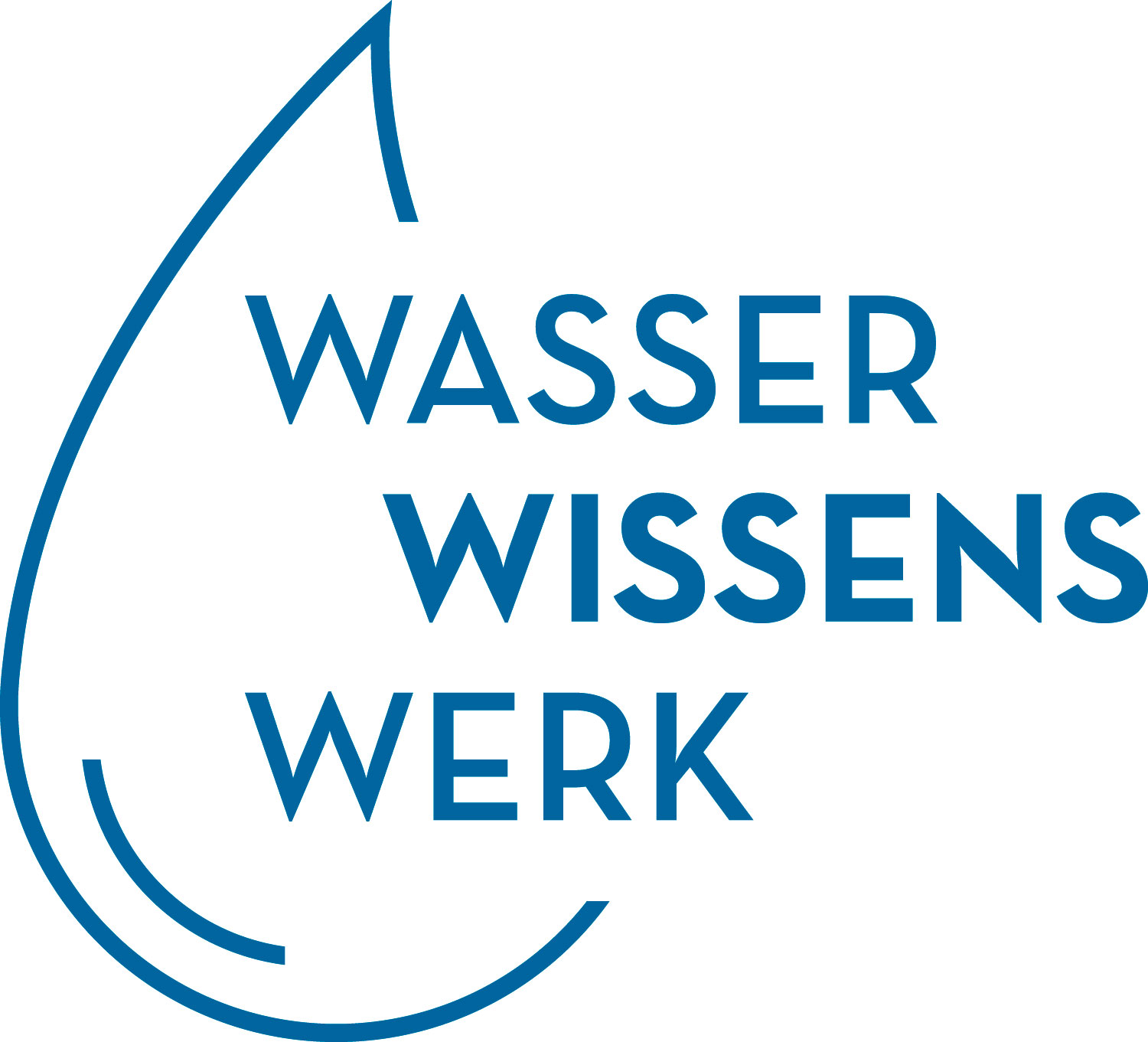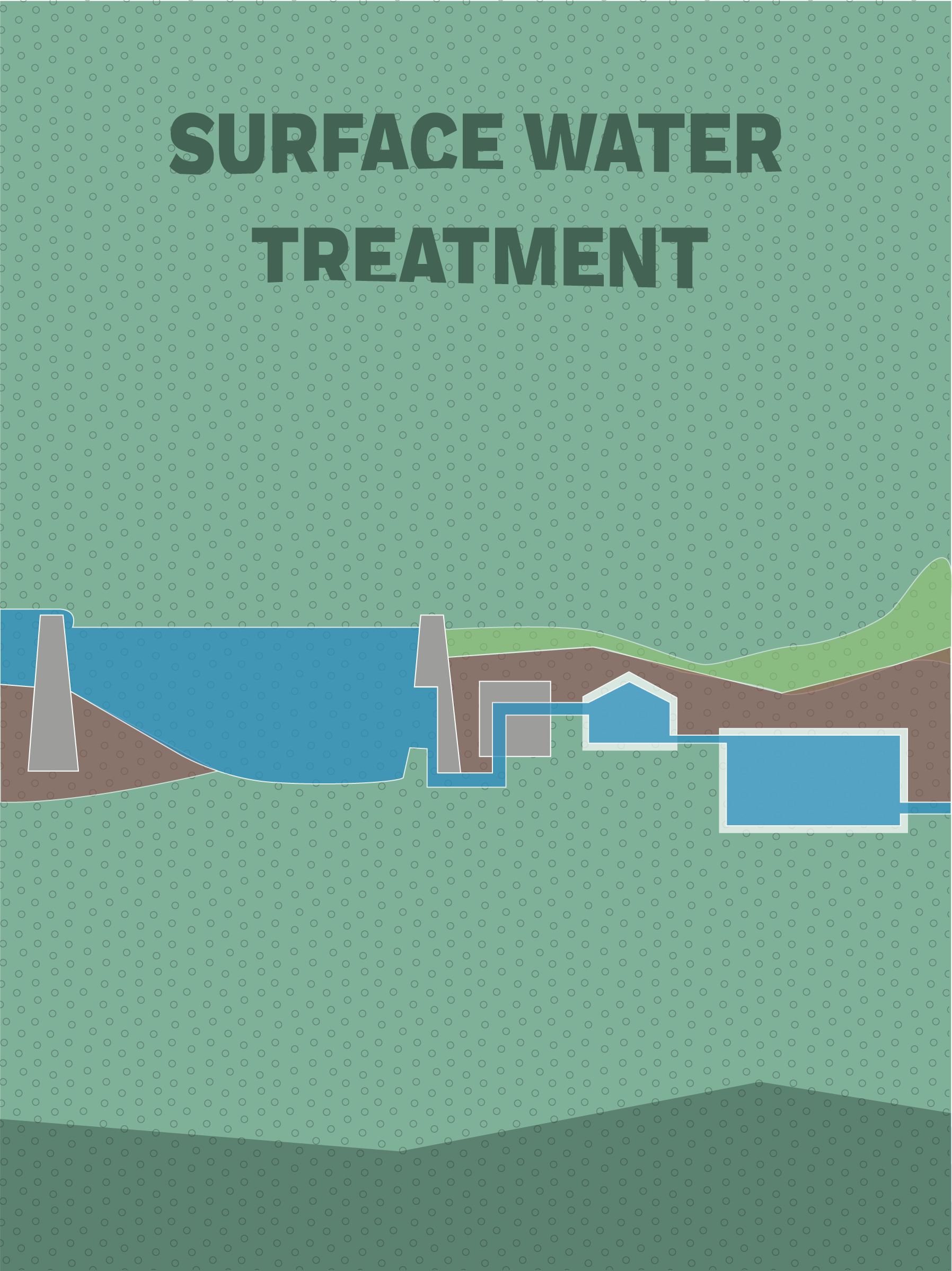Protection of the water catchment area
The water protection area around the Steinbachtal dam and its inflow streams prevents or reduces the yield of pollution, pathogens and undesirable or dangerous substances into the dam. It ensures the high quality of the dam water.
The protected area is divided into 3 protection zones.
Protection zone 1 (reservoir with shore zone and adjacent areas) is intended to protect the dam from any disturbance from the immediate vicinity. Access here is permitted only for maintenance and protection of the dam.
Protection zones 2 and 3 (inflow streams and catchment area of the dam) prevent water quality from being impaired by human activities (requirements for agriculture, transport facilities, forestry, storage of water-polluting substances, etc.).




